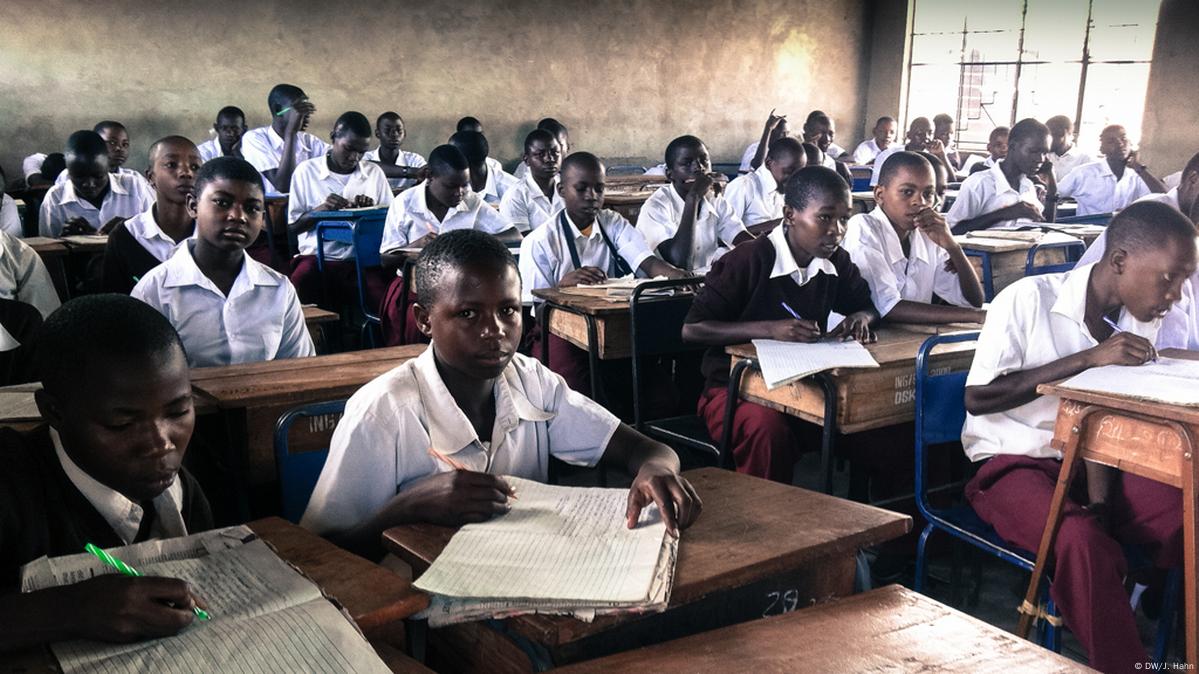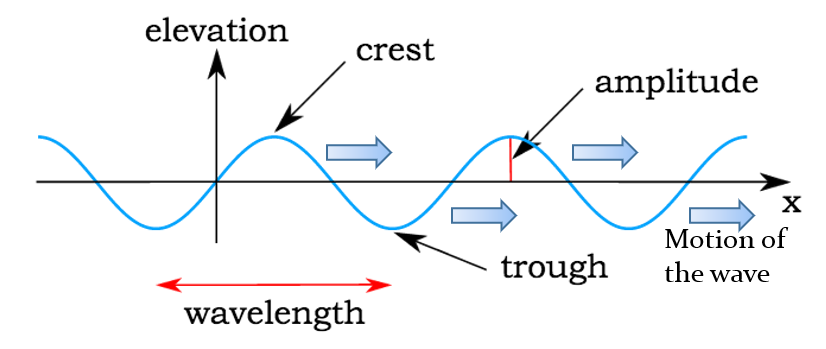GRADE 7 SPECIAL SET 1 ANSWERS
KISWAHILI
SEHEMU A
-
- a) Matumizi ya dawa za kulevya
- b) Kunusurika
- b) Wajenzi wa taifa
- d) Kupiga uvivu vijiweni
- b) Kuota mizizi
-
- a) Kielezi
- a) Angelifaulu
- a) Mtendwa
- a) Sawasawa
- d) Kivumishi
- a) Bandu bandu humaliza gogo
- d) Chai isiyokuwa na sukari
- b) kwapa
- e) Mafanikio huja kwa yule aliye tayari
- c) kufitini
-
KIFUNGU A JIBU i. Mtu hujikuna mkono unapofikia G. Ukarimu hutegemea uwezo ii. Nini maana ya kuandaa meza? H. Kuandaa chakula mezani iii. Kuvuja kwa pakacha nafuu kwa mchukuzi E. Akunyimae kunde akupunguzia mashuzi iv. Nuru ana kichwa cha panzi D. Ana kichwa kidogo v. Nyumba usiyoilala hujui hila yake B. Kitanda usichokilalia hujui kunguni wake
SEHEMU B
-
Sentensi zilizopangwa kwa mtiririko mzuri:
- Mara tu baada ya kumaliza kula nikaosha vyombo vyote na kuviweka juani ili vikauke.
- Kabla ya kuviondoa likaja lile jogoo likavisukuma.
- Vyombo vyote vya udongo vilivunjika kabisa.
- Nilipomueleza mama hakunikaripia sana.
- Ila alinishauri, siku nyingine baada ya kuosha vyombo vyote ingefaa nivahi kuvifuta maji na kuviingiza ndani.
-
- Chini ya mbuyu
- Simba
- Ukame
- Nyati
- Kwa sababu kasi yao ya kujembea ni ndogo mno
SEHEMU C
-
Barua ya kirafiki:
Sabaje Njate Mwalwinga
Sanduku la Posta 1005
Arusha
3.03.2024Dada Zinazile Ntemule Mwalembe
Sanduku la Posta 1988
SongweDada yangu Zinazile,
Habari yako? Mimi niko salama na natumai wewe pia. Ninakuandikia kukujulisha kuwa ninaendelea vizuri na masomo yangu ya darasa la saba hapa jijini Arusha. Nimeamua kukutembelea wakati wa likizo ijayo ili tuweze kukumbukiana na kushirikiana kama kawaida yetu.
Nakutakia heri na mafanikio katika shughuli zako zote.
Kwa upendo,
Sabaje
ENGLISH LANGUAGE
SECTION A
-
- C. seventy-five percent
- B. no one
- B. youths
- A. weakening one's body
- B. Cigarette smoking
-
- B. goes
- B. Will elect
- D. Draw
- D. which
- E. Does
-
- bought
- has been
- If
- were making
- either
-
LIST A ANSWER i. She has a terrible toothache c) She should see the dentist. ii. I have killed my father's best cock g) You should tell him that you are very sorry. iii. The bedroom is full of mosquitoes f) You should spray the room. iv. I do not have any money a) You should borrow some from your friend. v. I have badly cut my finger with a knife d) You should clean it carefully and dress it with a clean bandage.
SECTION B
-
- Mechanic
- Optometrist
- Poet
- Airport
-
- He had a normal childhood like other boys his age
- 21 years (1964-1985)
- Resigning or leaving the position of president
- 1961
- 3 years (1961-1964)
SECTION C
-
Correct sentence order:
- B. A beggar was walking in the wood
- D. The sun was going down and he was getting tired.
- A. He was about to give up looking for a house and sleep under a tree
- E. Suddenly an old woman appeared gathering firewood.
- C. She asked the beggar, what you are doing?
MATHEMATICS
SECTION A
| S/N | QUESTION | ANSWER |
|---|---|---|
| i | 150067 + 67 + 9786 = | 159,920 |
| ii | 4.973 - 2.8 + 19 = | 21.173 |
| iii | 271.3 - 98.53 = | 172.77 |
| iv | 5/3 - 9/5 = | -2/15 |
| v | 1/54 - 73/2 = | -985/27 |
| vi | 3/35 - 15/4 = | -513/140 |
| vii | 5.14 × 0.29 = | 1.4906 |
| viii | 5.1034 ÷ 0.017 = | 300.2 |
| ix | 444 × 45 = | 19,980 |
| x | 1/3 + 2/4 + 1/2 = | 1 1/3 |
SECTION B
-
- 400 times (20000 ÷ 50)
- One hundred thirty-two thousand nine hundred forty-five
- Wednesday (XLIX = 49)
- 54/11
- 2,891 (49 × 59)
- 40 bottles (100 ÷ 2.5)
-
- 6,850 shillings (10% of 68,500)
- 1, 2, 4, 8
- 24, 28, 32
-
- -4
- CM, DCCC, DC, CCCLX, CDL, CCL
- 3,600 shillings (4,500 ÷ 15 × 12)
-
- 4,800 shillings
- 920 minutes
- 1 year
-
- Sanga gets 110 shillings
- 67,500 shillings
- 1,050,000 shillings
SECTION C
-
- 120,000 shillings (20% of 600,000)
- 75,000 shillings (25% of 300,000)
-
- 124,200 cm³
- x = 22°
- 320 square meters
SOCIAL STUDIES
SECTION A
-
- D. Entrepreneurial
- A. Purchase or expense record
- B. Source of conflict
- A. Attitude
- E. It is not time-saving
- A. A price
- B. Cracks, pressure and magma
- E. Greenhouse gases
- C. Biogas
- A. Linguistics
- A. 6 hours
- E. Mozambique
- B. Transparency
- A. 11:00 A.M
- D. Deposition of snow in southern highlands of Tanzania such as Njombe and Iringa
-
Column A ANSWER i. Importance of culture F. Maintain national unity and cooperation ii. Initiation of boys and girls into adulthood E. Jando and Unyago iii. Tradition A. Is a belief, principle, or way of acting that people in a particular society or group have been following for a long time iv. Examples of Tanzania ethnic groups D. A samba, Zaramo, Ngoni, Sukuma or Haya v. Examples of culture B. Things such as language, dress, food, traditions, customs, sports, arts, and beliefs
SECTION B
-
- The Sun
- Miombo woodland
- Democratic Republic of Congo
-
- Hadzabe and Sandawe
- Trade and migration
- Drought and flooding
-
- Mtwara
- Soil erosion and overgrazing
-
- Tsunami
- Natural disaster
SECTION C
-
- Fishing
- Mount Kilimanjaro
- Mount Kilimanjaro
- Isimila Stone Age Site
- Coffee
SCIENCE AND TECHNOLOGY
SECTION A
-
- C. 0.03%
- A. A special floating plant
- B. Geology
- E. Ammeter
- D. Procedures
- D. Produce vitamin K.
- A. Xylem
- B. Kidney
- A. Special cells, tissues, and organs
- B. Carbon dioxide gas
-
LIST A ANSWER i. Wire antennas B. Antennas in this group are mainly fabricated of wires ii. Aperture antennas C. Includes antennas such as waveguide antennas, slot antennas, and horn antennas iii. Array antennas A. A combination of multiple antennas that work together as a single antenna iv. Reflector antennas E. Antennas have a curved surface for reflecting waves v. Microstrip antennas D. A type of antenna that is light and flat -
- Circuit
- Communications device
- Electromagnetic wave
- Radar
- Matter
SECTION B
-
- Cerebrum
- Work = Force × Distance
- Diffusion
-
- To carry blood back to the heart
- Bone marrow
- Melting ice, boiling water
-
- To protect your account from unauthorized access
- Title bar and menu bar
- Faulty wiring, overloaded circuits
- Because wood is less dense than water while the coin is more dense
SECTION C
-
- Short-sightedness (Myopia)
- Concave lens
-
- 20 kg
- =(B2+C2+D2)/3
- 10 kg/m³
CIVIC AND MORAL
SECTION A
-
- d) Feeling of hostility
- c) Participating in tribalism movement
- a) Counselling
- b) Tribe
- d) Disunity
- d) Human race
- c) Promote trade war among nations
- c) Trustworthy
- b) Democratic Republic of Congo
- a) Optimism
-
Column A ANSWER vi. Marrying many women N. Highly facilitates the infection of people with sexually transmitted diseases vii. Firefighting J. Training people on how to use fire-extinguishing facilities viii. Youth age L. A period when the youth cope with changes in their bodies ix. Preliminary stage in managing fire disasters K. All the actions which prevent things from continuing to burn or prevent things from being burnt x. Reproductive health M. Helps the youth to protect themselves from diseases -
- Resilience
- Challenge
- Laws
- Constitution
- Jeremiah Wisdom Kabati
SECTION B
-
TRADITIONAL DANCE THE TANZANIAN TRIBE i. Mdundiko Zaramo ii. Lizombe Ngoni iii. Kiduo Nyamwezi iv. Mdumange Pare v. Akasimbo Haya -
- Mount Kilimanjaro
- Mgolole
- Volunteering
- 7th July
- The national flag flies at half-mast
SECTION C
-
- Child abuse and injustice
- Behavior in which adults intentionally mistreat children cruelly and violently
- Unfair treatment of a child or violation of a child's rights
- fairness, justice
-
a) Not taking a child to school
b) Child labor






